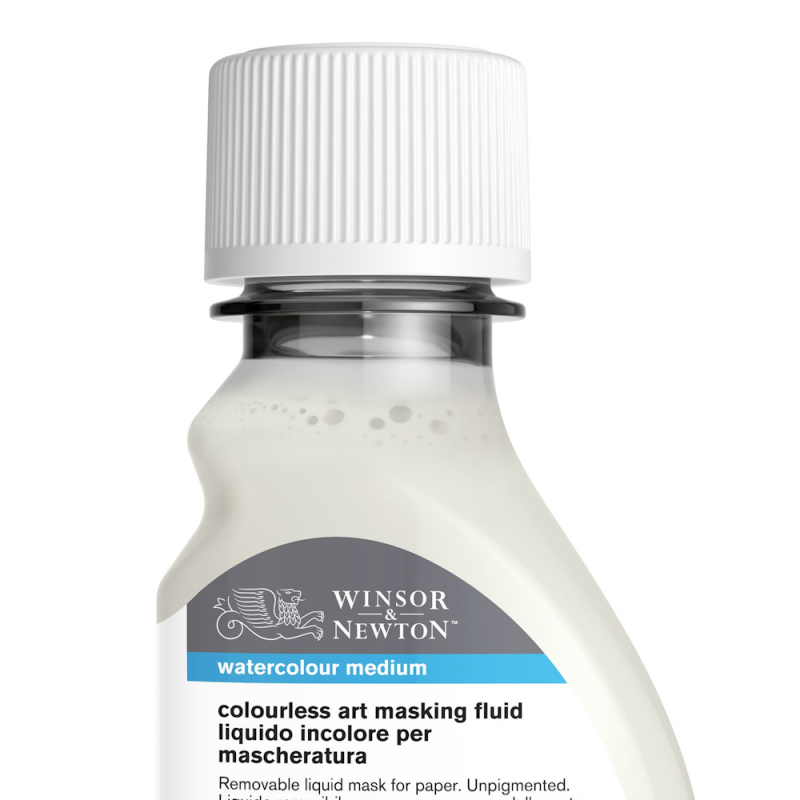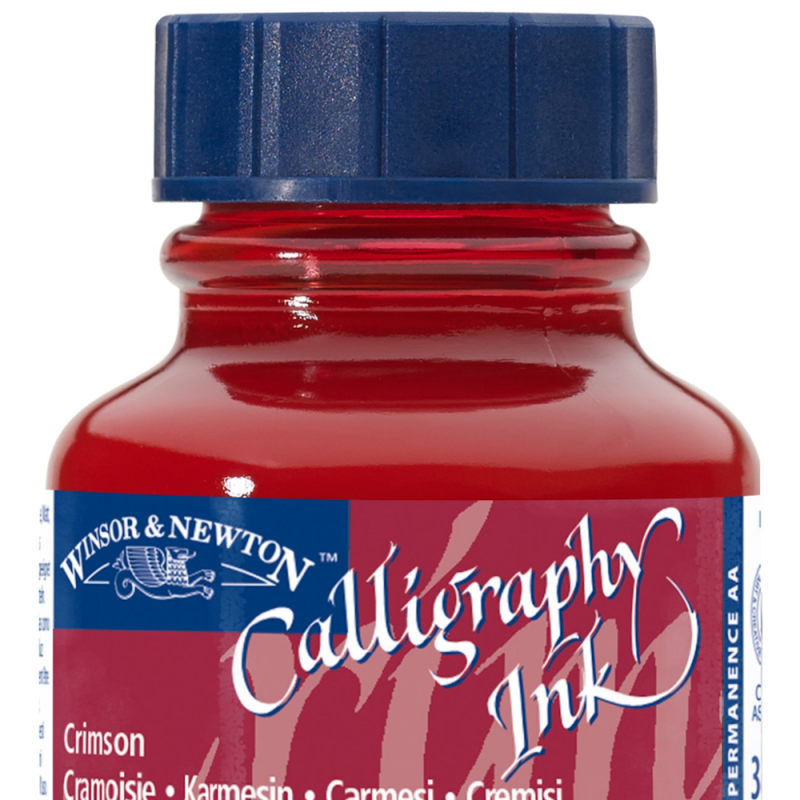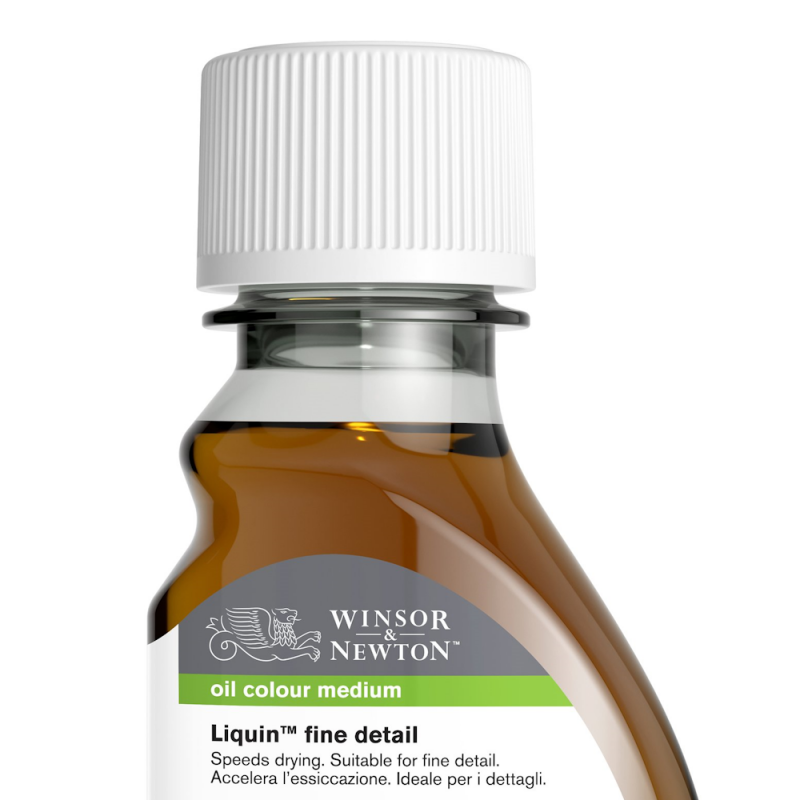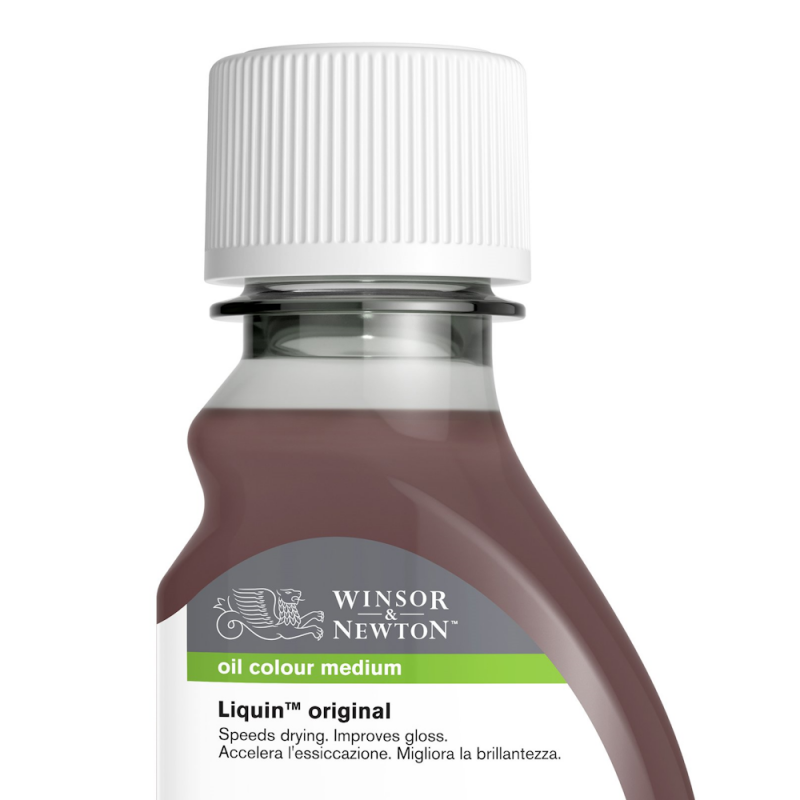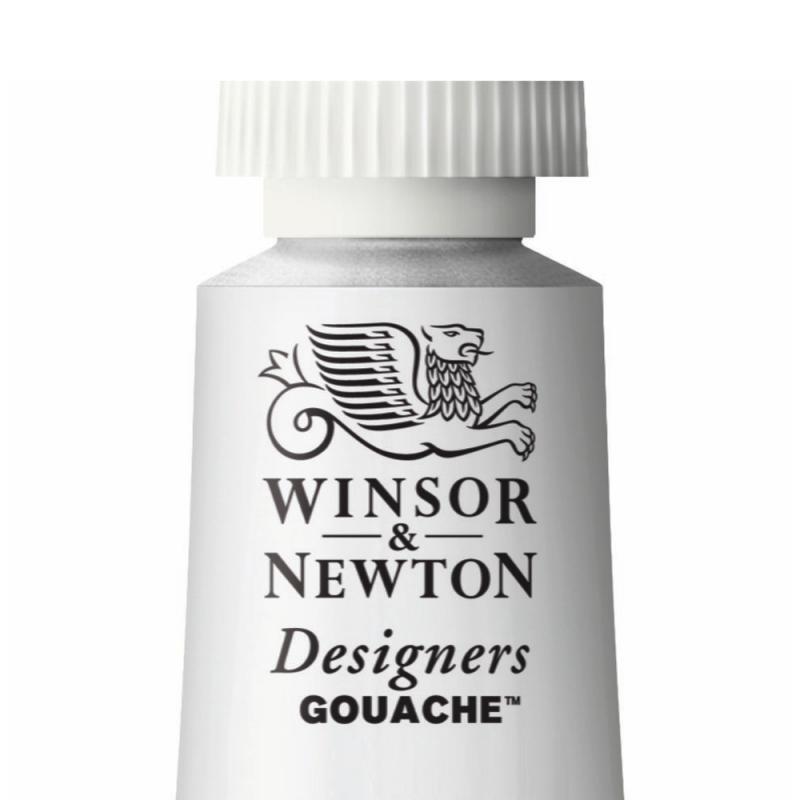Winsor & Newton - Designers Gouache (14ml) Cadmium Yellow Deep 111 (S4)
Size: 14ml
Colours: 82
sold individually
Artist-Quality Gouache
Highly-pigmented & opaque
Quick-drying to a matte finish
Also available in 37ml tubes, click here to view!
Video: Winsor & Newton Designers Gouache - 82 Opaque Watercolours
First developed in 1937, Designers Gouache quickly became popular amongst designers, illustrators & commercial artists for it's ability to create bold, vibrant work.
Featuring 82 colours, chosen for their strength of colour, undertone and relative opacity, the extensive choice within the Designers Gouache range includes both bright and lightfast colours.
Winsor & Newton's Designers Gouache Spectrum Violet is an opaque pigment, deep purple-blue in colour. Moderately durable, with a lower lightfastness rating, Spectrum Violet is provided for its brilliance of colour.
Colour Chart: Designers Gouache
What is gouache?
Gouache is an opaque water-based paint which, in addition to its colour pigment, contains a white pigment, such as chalk, and a binder (usually Gum Arabic).It is the presence of the additional white pigment which gives the medium its characteristic opacity. Gouache is applied, with water, to a support such as water colour paper. The pigment fixes to the support upon evaporation of the water.
Gouache dries very quickly and, unlike acrylic, can be reactivated with water. It is possible to overpaint dry gouache with lighter or darker colours, without activating the colour underneath, although this should be done carefully.
Brushes used to apply gouache paint should be cared for in the same manner as water colour brushes, and need only mild soap and water to clean them after use. This video illustrates how simple it is to clean and care for water colour brushes.
Why use Winsor & Newton Designers Gouache?
Available in 14ml and 37ml tubes, all Winsor & Newton Designers Gouache colours are fully intermixable within the range, and with Winsor & Newton Water Colours.Exceptionally high levels of pigmentation, along with the natural attribute of each pigment, strengthen the opacity of Winsor & Newton Designers Gouache. Drying to a matt finish, this provides both clean colour mixing and excellent covering power.
The pigments used in the range determine the permanence of each individual colour. Further information on the permanence and durability of each shade is given on Winsor & Newton Designers Gouache colour chart.
How does gouache differ from water colour paint?
Originally used to illuminate manuscripts, gouache is heavier than traditional transparent water colour. Containing more colour pigment and an additional white pigment, particles of gouache paint are larger than those of water colour. The tiny particles of water colour pigment become enmeshed in the fibre of the paper being painted, whereas gouache colour rests on the surface of the paper, forming a continuous layer. More versatile than water colour, when gouache is applied with a bristle brush, it is possible to achieve a slight impasto effect.
These videos show how gouache and water colour paint compare:
An Introduction to the Differences Between Gouache and Water Colour
Comparison of Gouache and Water Colour Painting.
What to do if your tube dries up?
Keeping the caps closed tightly on the tubes will help prevent the paint drying up. Once a tube has dried up, gouache cannot be re-softened. However, the colour may still be used by cutting open the tube, removing the dried paint, then crushing with a pestle and mortar. Place the powder in a container, add a small amount of water, a drop of Gum Arabic, and then mix thoroughly. The resulting mixture may be used as a wash.
An alternative method is to add only a couple of drops of water to the powder, to make a paste. Place the paste in a water colour pan or ice cube tray, and leave to dry. The dried cake of gouache can be used in the same way as a pan of water colour.
Which surfaces best support gouache?
When choosing a support for gouache, it is important to consider the absorbency, colour and stability of the paper. Our range of Water Colour Paper & Pads offers an extensive choice of size and style, to meet artists' every requirement.
Which brushes are best for painting with gouache?
Gouache and water colour paint have the same properties, and therefore require brushes with the same characteristics. Water Colour Brushes are designed to hold and evenly control colour, have a fine point, and are able to spring back into shape after every stroke. With a middle body able to hold a good reservoir of colour, a Sable Brush has excellent spring and resilience. The hairs are particularly strong at the brush's fine tip, allowing the brush to be used both delicately and aggressively. Advancements in the production of synthetic hair have resulted in a rise in popularity of Synthetic Water Colour Brushes, especially if price and durability are an issue.
Which techniques work best with gouache?
The following l
